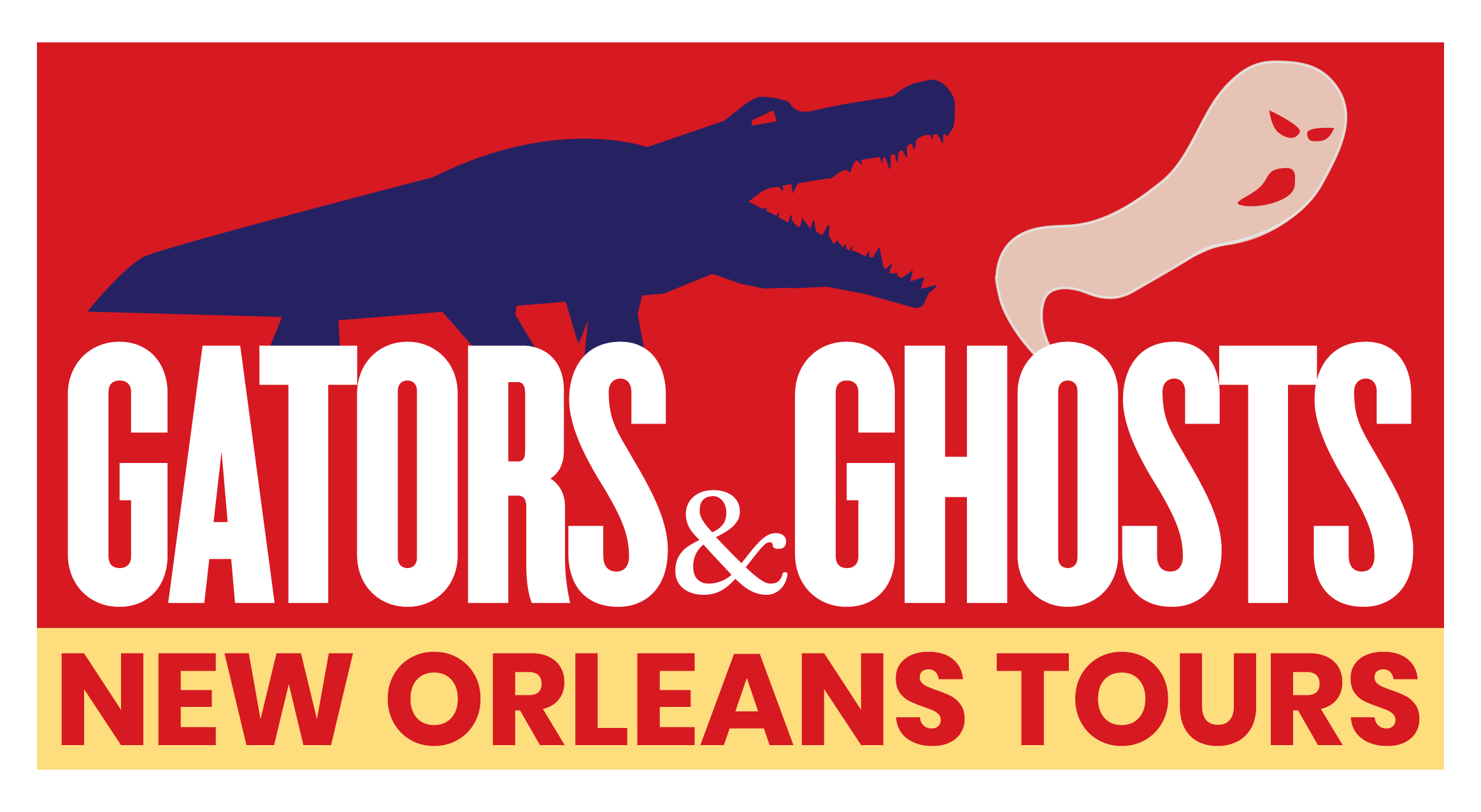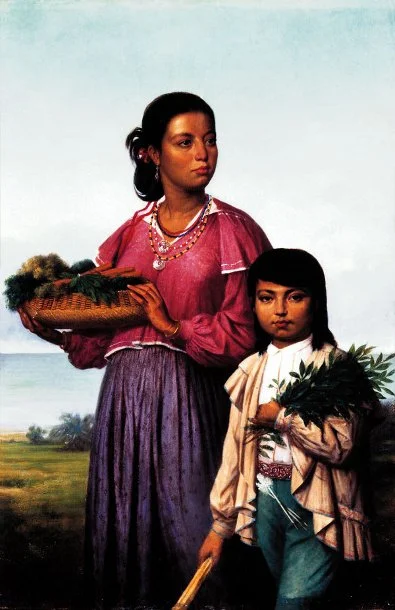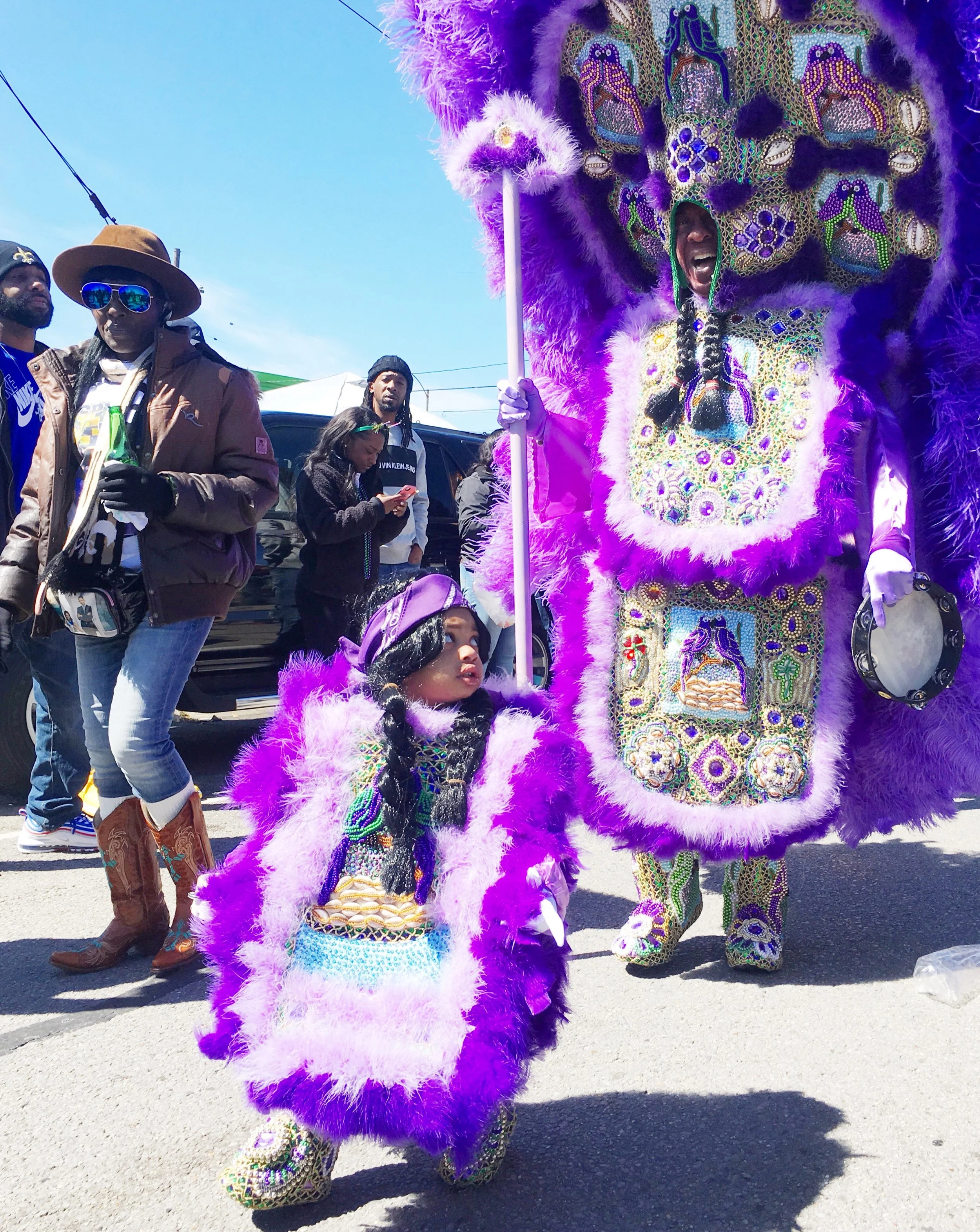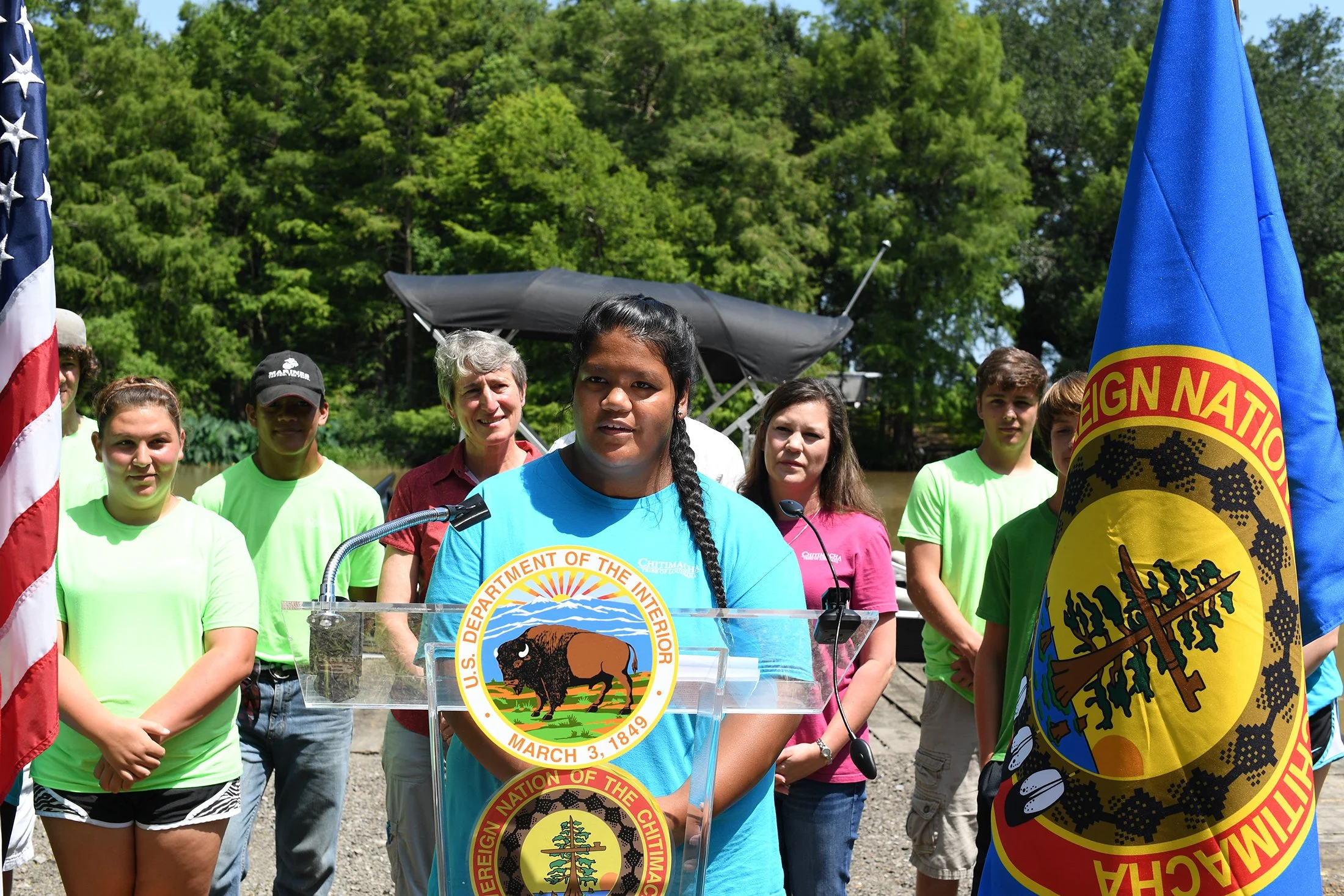Native American History Month: A Look at the Original New Orleans Inhabitants
You cannot understand the history of New Orleans without looking back further than the European settlement of this area. While the city of New Orleans celebrated its 300th anniversary of cityhood in 2018, the land itself has been home to indigenous peoples for much longer than that.
The Role of the River
The powerful Mississippi River helped this area thrive, creating a superhighway for trade. It is said that artifacts connected to the Illinois Tribe, or the Illiniwek, have been found near the base of the river, showing just how far the tribes came to trade and do business along the Mississippi. The diversity of tribes interacting in this place actually seems to have actually given the area its pre-colonial name: Bulbancha, a Choctaw word meaning “the place of many tongues.”
The Chitimacha Tribe
"Two Chitimacha Indians", painting by François Bernard, 1870 (via I AM A CHILD)
While the number of different tribes moving through and interacting in this area is great, it was the Chitimacha who inhabited the region. Today the Chitimacha boasts around 1,300 members and is the only tribe in Louisiana that still occupies a portion of their aboriginal homeland. According to their oral history, the Chitimacha “have always been here.” At the time of contact with European explorers and other non-indigenous populations, the Chitimacha were known as the most powerful tribe between what we now know as Texas and Florida. The Chitimacha land stretched across much of the southern region of Louisiana, spanning from Lafayette, LA to New Orleans.
Collision with French settlers and other European explorers did not bode well for the indigenous peoples in this region, and these settlers enslaved and killed many of them. During the forty years of Spanish rule in the region, this enslavement was outlawed, but once the U.S. finalized the Louisiana Purchase, the Chitimacha, as well as tribes in other parts of Louisiana, found themselves forced from their land. These other tribes included the Atakapa, Caddo, Choctaw, Houma, Natchez, and Tunica, many of whom had to make homes outside of Louisiana altogether.
Tribal Influence Today
As you walk through New Orleans, whether roaming on your own or on one of our city or ghost tours, it can be difficult to spot visual remnants of the Native American influence, a heartbreaking reality, especially considering how long the tribes inhabited this space and the impact they had on the region (and the fact that these tribes still exist). But if you know where to look, you can still find traces of this history, like in some of our street names. For example, Tchoupitoulas Street, one of our longest running roads that follows the length of the Mississippi in the Uptown area of New Orleans, comes from a Choctaw word meaning “those who live at the river.”
Two Black Masking Indians parading on Mardi Gras Day on Broad Street
Another New Orleans facet that points back to Native American influence in the region is the tradition of Black Masking Indians or Mardi Gras Indians, Black people in various communities around the city who create elaborate, handmade “suits” of feathers and beads. The story of the origins of these “tribes” remains shrouded in a bit of mystery, but many say that it is a nod to the way that Native Americans sheltered runaway slaves during the Antebellum Period. When enslaved Black people managed to escape their enslavers in the areas around New Orleans, many would seek refuge in the surrounding swamplands where the Native Americans had taken up residence. Others say that the Mardi Gras Indians honor the struggles that Native Americans and Black people have both long endured in the United States. Black Masking Indians have an incredibly rich history and legacy in the city, now representing a coming together of communities to create art and music that make up the cultural fabric of New Orleans, but many consider these tribes’ connections to the Native Americans in our region a bit controversial, another example of how histories and legacies are rarely simple and straightforward.
The Chitimacha Today
Youth from the Chitimacha Tribe are seen with then-Interior secretary Sally Jewell in Louisiana in June 2016 (via indianz.com)
Today, the Chitimacha Tribe continues to survive and thrive, living in an area just a few hours away from New Orleans. They have grown several businesses and community services and are the second largest employer in St. Mary Parish. The tribal members also carry on the incredibly intricate art of river cane basketry, a handcraft tradition they have perfected over thousands of years as one generation passed it along to the next. Their artwork can be found at many of the Louisiana festivals throughout the year.
As you visit and explore New Orleans, it is good to remember that New Orleans was not always New Orleans – that there is so much more to our history than what we see today and that the people who lived here still exist in vibrant and beautiful ways.
For more information on the Chitimacha Tribe: https://chitimacha.gov/



